
Discovery of the M31 [OIII] emission arc
Recently, a major discovery by an international team of amateur astronomers and scientists has become a huge online hit, and this new discovery is just located in one of the
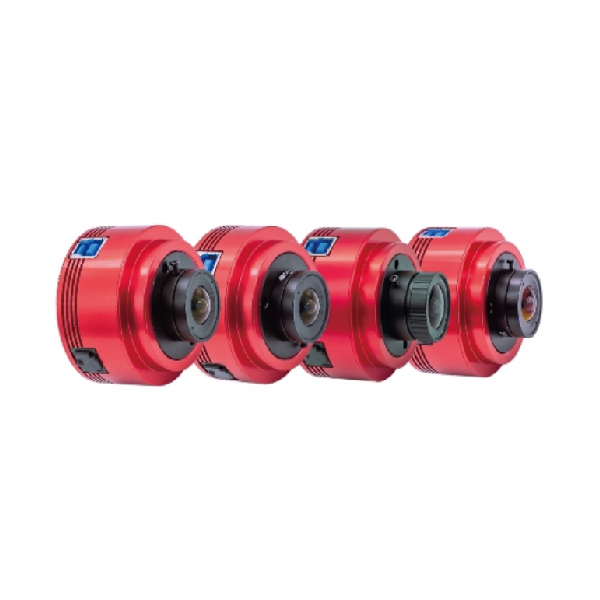
ASI Planet Camera Guide
We have all seen incredible images of the planets online and in books and wanted to see them for ourselves. With ZWO, you can see the rings of Saturn and the great red spot on Jupiter.
ZWO is committed to providing high-quality astronomical cameras at an affordable price to enthusiasts around the world.

The gear you need specifically to start guiding is,
1. Deep space camera
2. Acquisition software/hardware – ZWO ASIAIR
3. Filter Wheel and Filters (optional)
4. Electronic Focus (optional)
5. Guide scope/Off-Axis Guider
6. Guide Camera

ASI Planetary Camera
Retail Price – 179 USD
CMOS AR0130CS
Resolution – 1280×960
Pixel Size – 3.75μm

Imaging the moon is how most get started in astrophotography. If you are a beginner, you cannot go wrong with the ASI120MC-S. This is the best entry-level camera for lunar and planetary imaging. The ASI120 conquered the CCD camera as the go-to for imaging our solar system. Due to its high sensitivity, high frame rate and ease of use, the ASI120 is the perfect choice for planetary photography.
The ASI120-S series has two models the ASI120MM is black and white, more sensitive and requires different filters to make a colour image and the ASI120MC is a colour camera which is easier to use however slightly less sensitive. Both will yield amazing results!
Planetary photography is different from lunar in that the planets are much smaller. This means a longer focal length and or barlow lens is an advantage.

Retail Price – 249 USD
CMOS IMX224
Resolution – 1304×976
Pixel Size – 3.75μm
The ASI224MC is a more advanced choice for planetary photography. It is just as easy to use as the ASI120MC however with a more sensitive sensor and less noise, the results are out of this world (pun intended). It is because of this low noise and sensitivity that the ASI224MC is one of the most popular planetary cameras in the world.
Retail Price – 369 USD
CMOS IMX385
Resolution – 1936×1096
Pixel Size – 3.75μm

The ASI385MC is an upgrade from the ASI224MC. With an ultra-low readout noise of 0.7e and an increased resolution of 1936×1096 pixels, it is the most powerful colour planetary camera.

Retail Price – 369 USD
CMOS IMX290
Resolution – 1936×1096
Pixel Size – 2.9μm
If you want to go further in improving the details of your planetary imaging, you should consider the ASI290MM. This is a black and white camera and with the use of filters, will produce some of the best planetary images you have ever seen!
With an image resolution of 1936×1096 pixels, a low readout noise of 1e and a maximum frame rate of 170FPS at full resolution, the ASI290MM is more than capable of meeting your planetary imaging needs.
This image of Jupiter was taken by Damian Peach with an ASI290MM from France.
Retail Price – 299 USD
CMOS IMX178
Resolution – 3096×2080
Pixel Size – 2.4μm

For higher resolution planetary imaging, the ASI178 is the answer. With a 6.4 megapixel back-illuminated CMOS sensor and a resolution of 3096×2080 and 2.4um small pixels, the ASI178 has amazing sampling accuracy. To improve the quality even further, you can again choose the black and white option.
The ASI178 has been regarded as one of the best cameras for high-resolution imaging.
Retail Price – 599 USD
CMOS IMX174
Resolution – 1936×1216
Pixel Size – 5.86μm

The ASI174MM is recognized as the best camera for solar imaging. It features a 1/1.2″ large sensor, a high frame rate of 164fps, and uses the global shutter. It is also a great camera for imaging high-speed moving objects such as ISS.
Accessories

The electronic filter wheel mini supports up to five filters and will change automatically depending on how you have set up your sequence in your imaging software.

The manual filter wheel will also support up to five filters, but you instead switch filters manually.

Atmospheric Chromatic Aberration Correction Mirror (ADC)
ADC is very useful for observing and photographing planets at low angels or during bad seeing. It helps you and your camera see through the turbulence of the atmosphere to produce a clearer image of the planet.

Recently, a major discovery by an international team of amateur astronomers and scientists has become a huge online hit, and this new discovery is just located in one of the
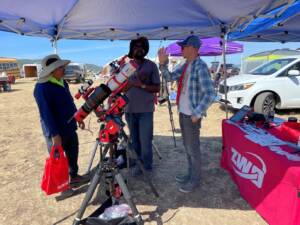
From June 25th to June 29th, under the pristine, dark skies of Northern California, nearly 500 stargazers, astrophotographers, and cosmic dreamers gathered for the Golden State Star Party (GSSP)—a celebration
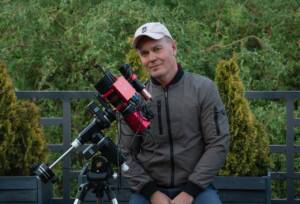
“Ever since I was a kid, I’ve been fascinated by the universe.”“I wouldn’t say it has changed me fundamentally, but it’s definitely become an important part of my life.”That simple
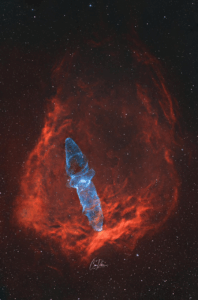
To most people, this might just look like a pretty picture. But to astrophotographer Cem Diken, it’s the result of three years of chasing a nearly invisible ghost in the

I was born in Guadalajara, I’m 38 years old, a musician, communications and electronics engineer, and president of the Guadalajara Astronomical Society A.C. since 2020. First Contact with Astronomy Since
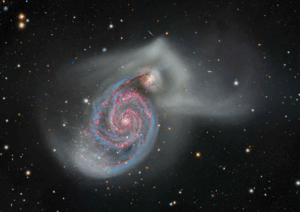
This stunning collaborative project comes from astrophotographers Alex Linde and Thomas Hansson, who joined forces across borders to photograph the Whirlpool Galaxy from Sweden, Poland, and Texas, USA. Thomas traveled across
10 Comments
Patrick Jones
I have the asi224mc and the asiar. I was hoping to use them with my 8″ sct from meade but have been told i need other accesories to make it work. What else do you rcommend i get. Im thinking of getting the explore scientific ar102 refractor but will need accesories for that as well. Im on a budget so i was hoping to find the cheapest route and thought you might be able guide me in the right direction.
Katherine Tsai
You need a mount which support Goto.
Francesco
I usually work with a Maksutov Rumak 255mm F20 telescope and Asi 224MC for images of the solar system with his 3,75 micron pixels. Now I ask you if could be a good idea use the camera Asi 178 Mono (6,4 MP) for taken images of the Moon and planets through an IR Pass filter. It’s a problem use the Asi 178 Mono with his 2,4 micron pixels about the 5000mm of focal lenght (F20) on my telescope ? it will be a correct system ?
Thanks.
Francesco Badalotti
Katherine Tsai
You can use ASI178MM but I think ASI224 is more suitable for your telescope focal length.
Talha
What planetary camera would you recommend for C11 edge hd telescope having a focal length of 2800mm and f ratio of f/10?
Katherine Tsai
New camera ASI462MC would be a good choice. You can also simulate the FOV to see effect with this tool. http://astronomy.tools/calculators/field_of_view/
Claudio
hi, i have a mak 127 skywatcher (1500 focal lenght) telescope, which camera do you recommend?. Thanks
ZWO.Moson
There are two links for your reference: http://astronomy.tools/calculators/field_of_view/
https://astronomy.tools/calculators/ccd_suitability
Frank Feger
Hi!
Please exchange the shutter types of ASI178 and ASI174 – the former one has the standard rolling shutter and only the latter uses a global shutter.
Kind regards,
Frank
Support@ZWO
its sensor character